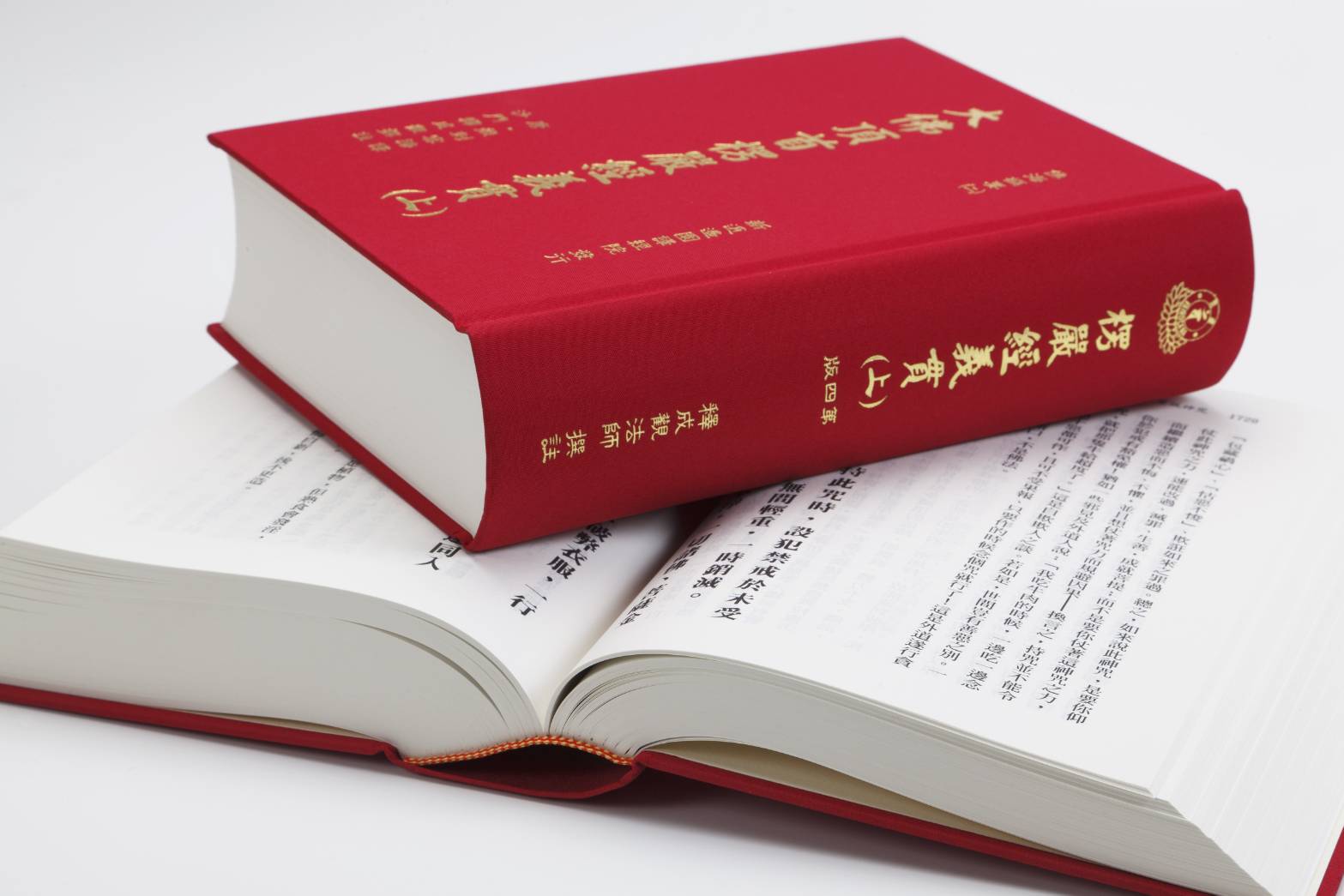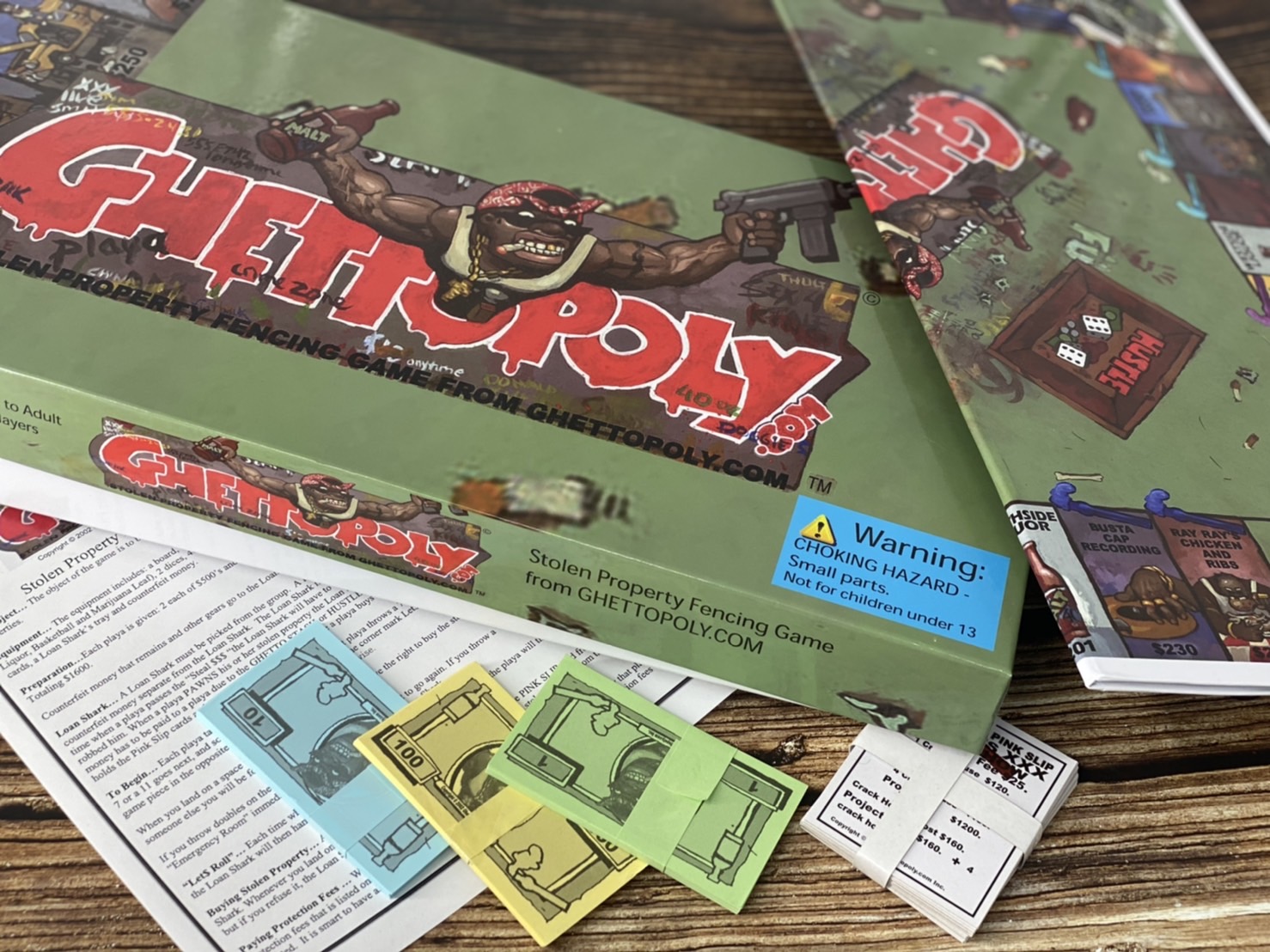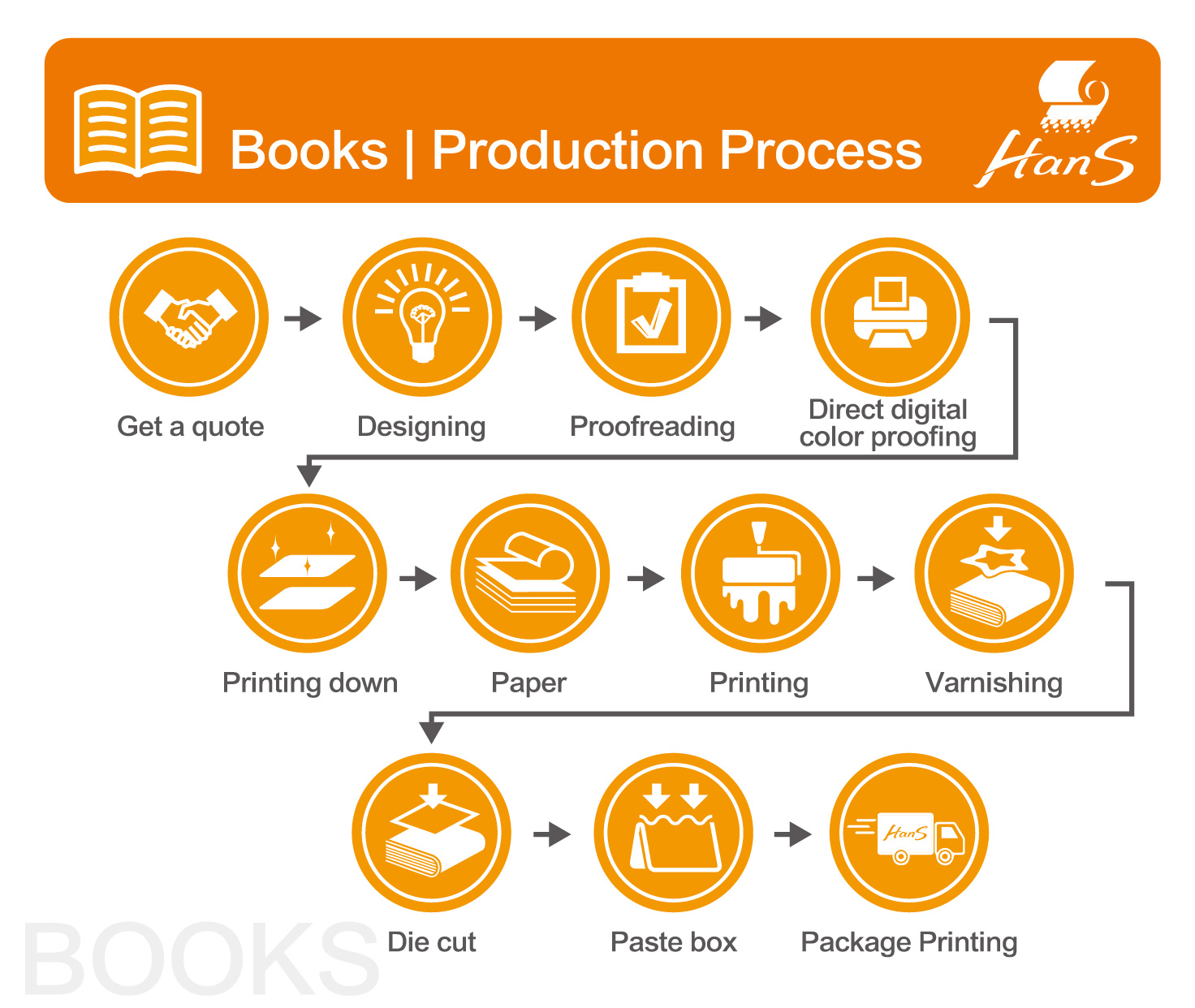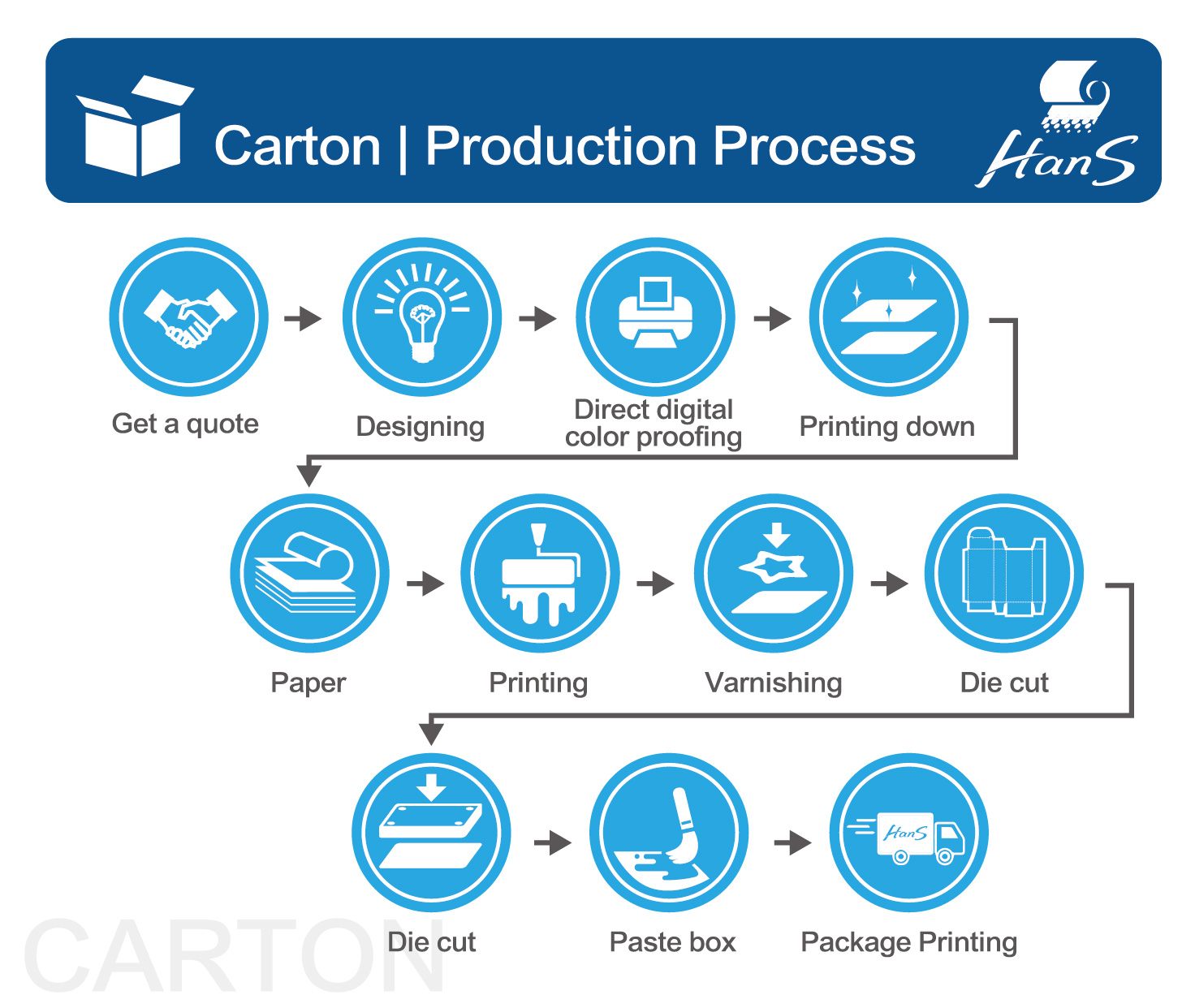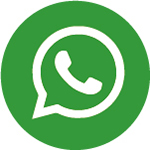Board Game Design
-
sentiment_very_satisfied
Viewers:
- 348
Board game maker, Board game template, Board game design basics, Board game design ideas, Board game design course, Board game design software, Board game design template
An Overview of Board Game Genres
Board games have been a staple of entertainment for centuries, offering a unique blend of strategy, social interaction, and fun. They foster critical thinking, problem-solving skills, and provide a break from digital screens. In an increasingly digital world, the tactile and social experience of playing a board game is more valuable than ever.
|
|
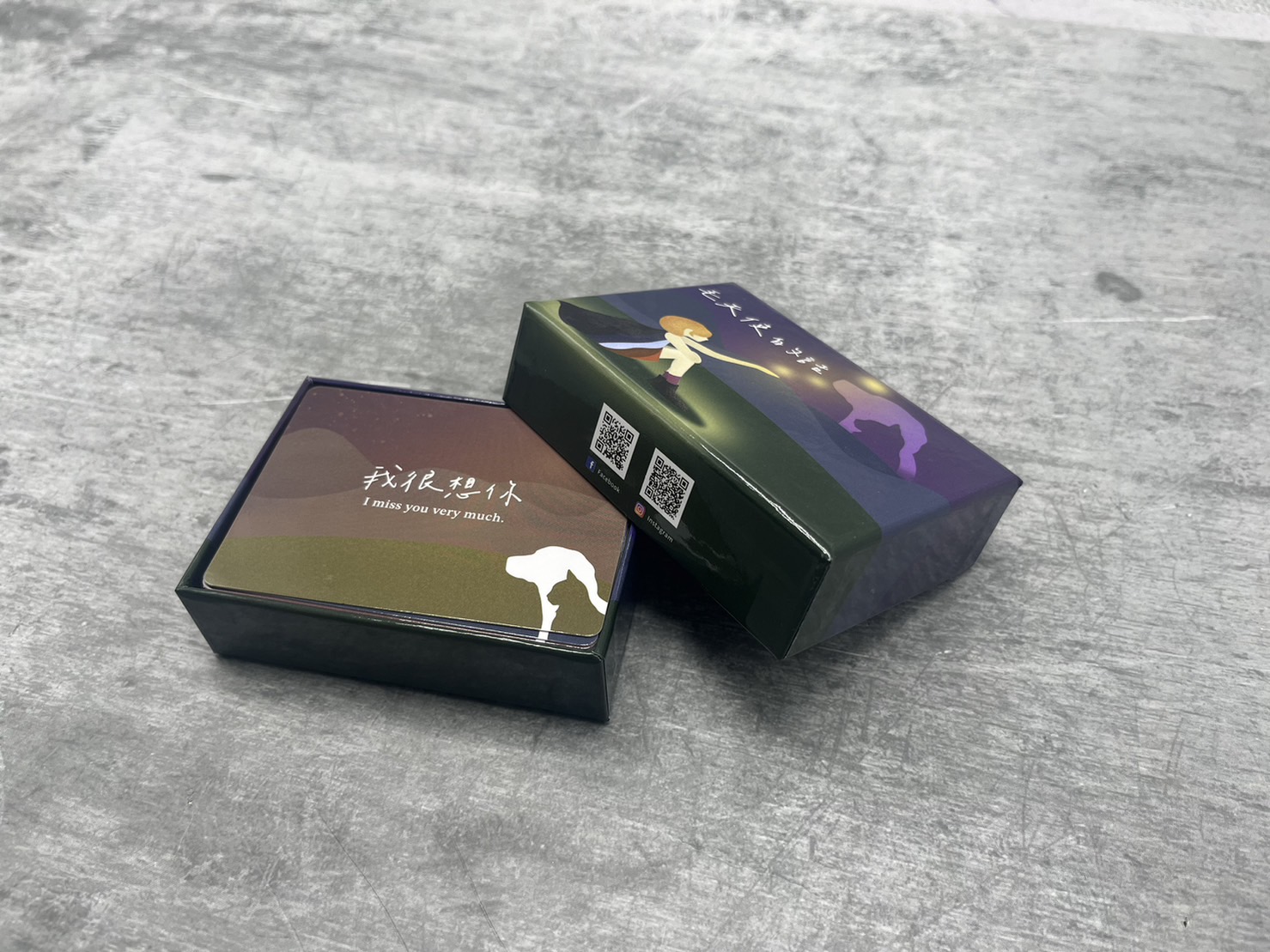 |
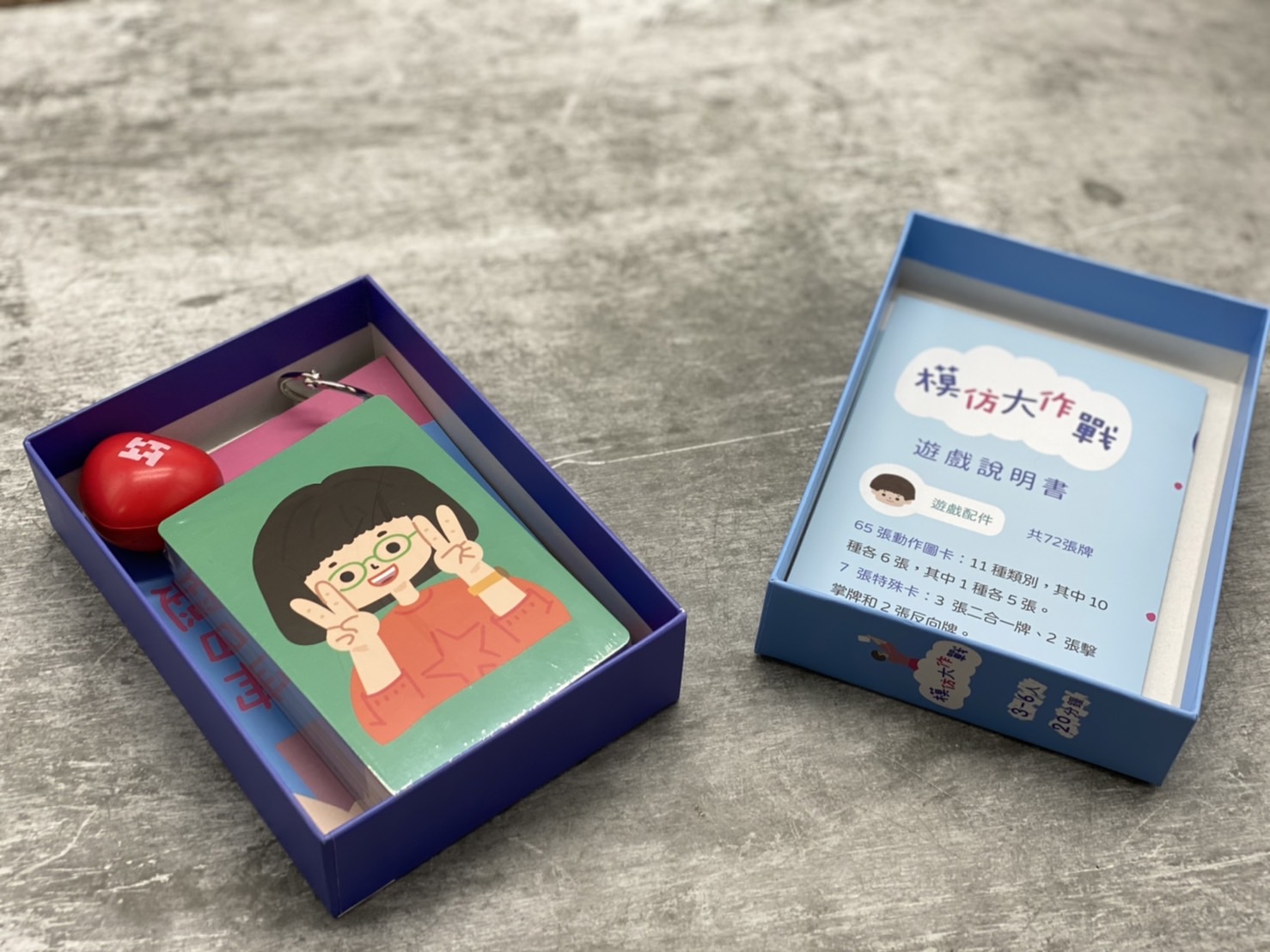 |
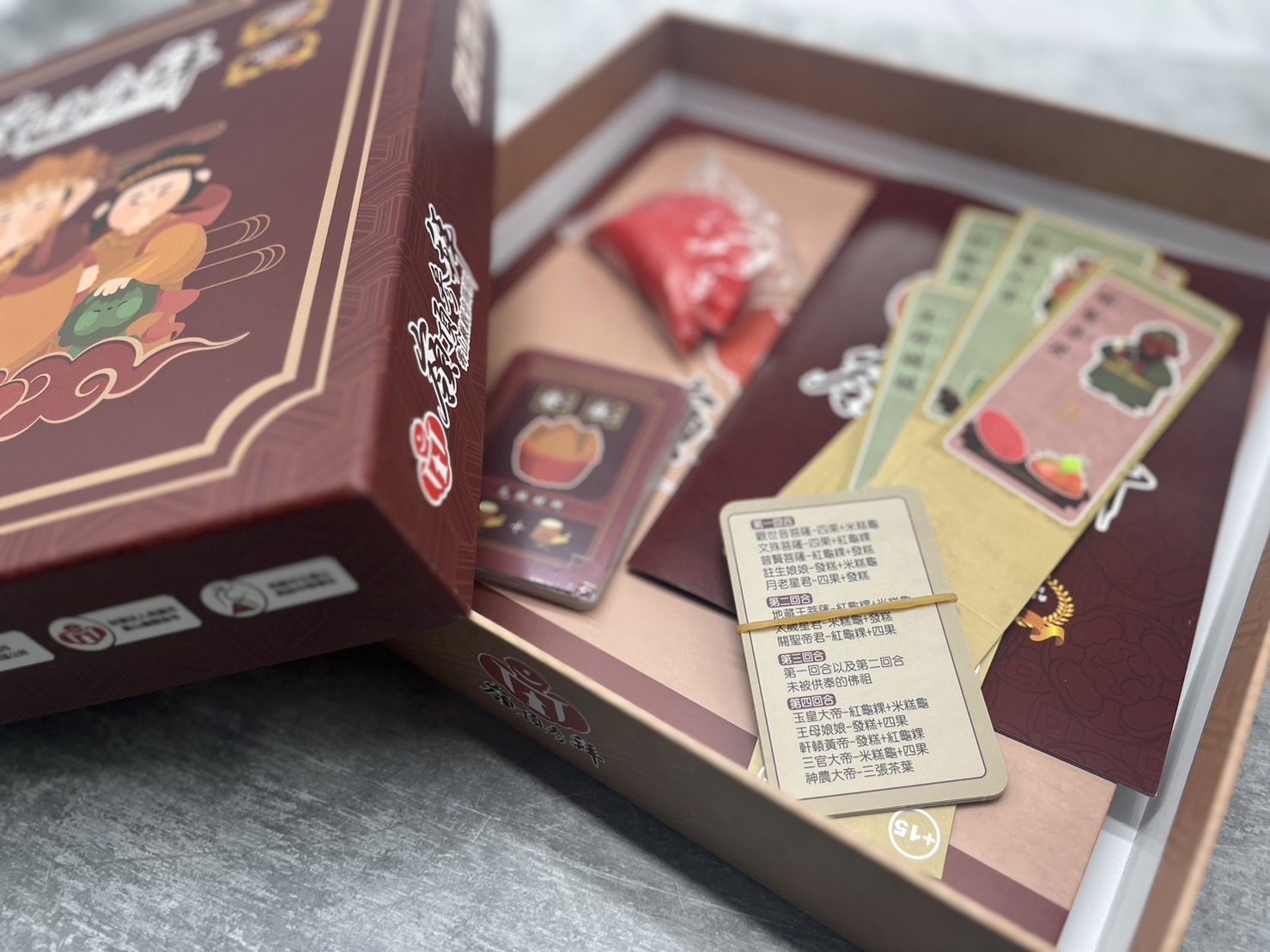 |
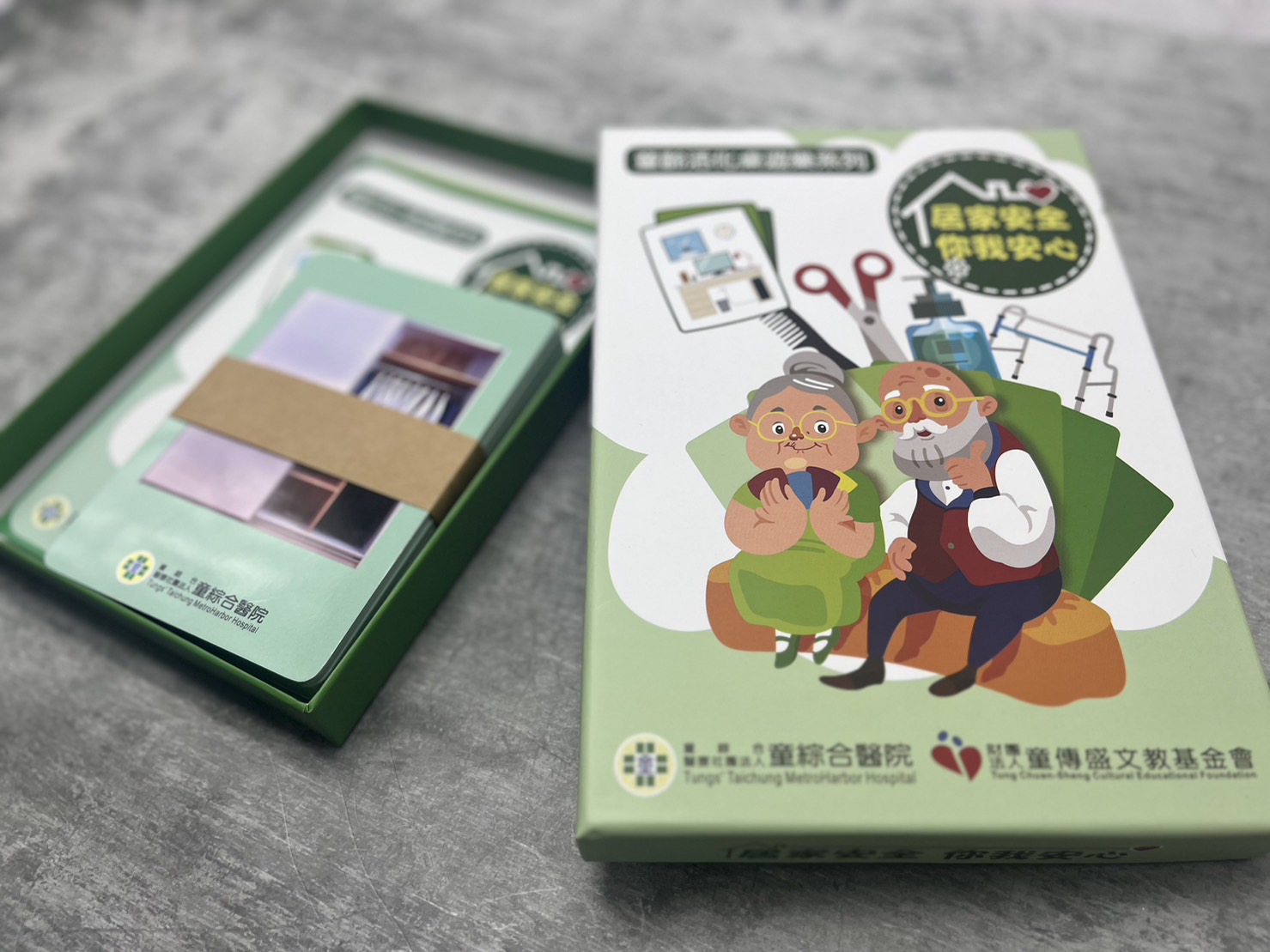 |
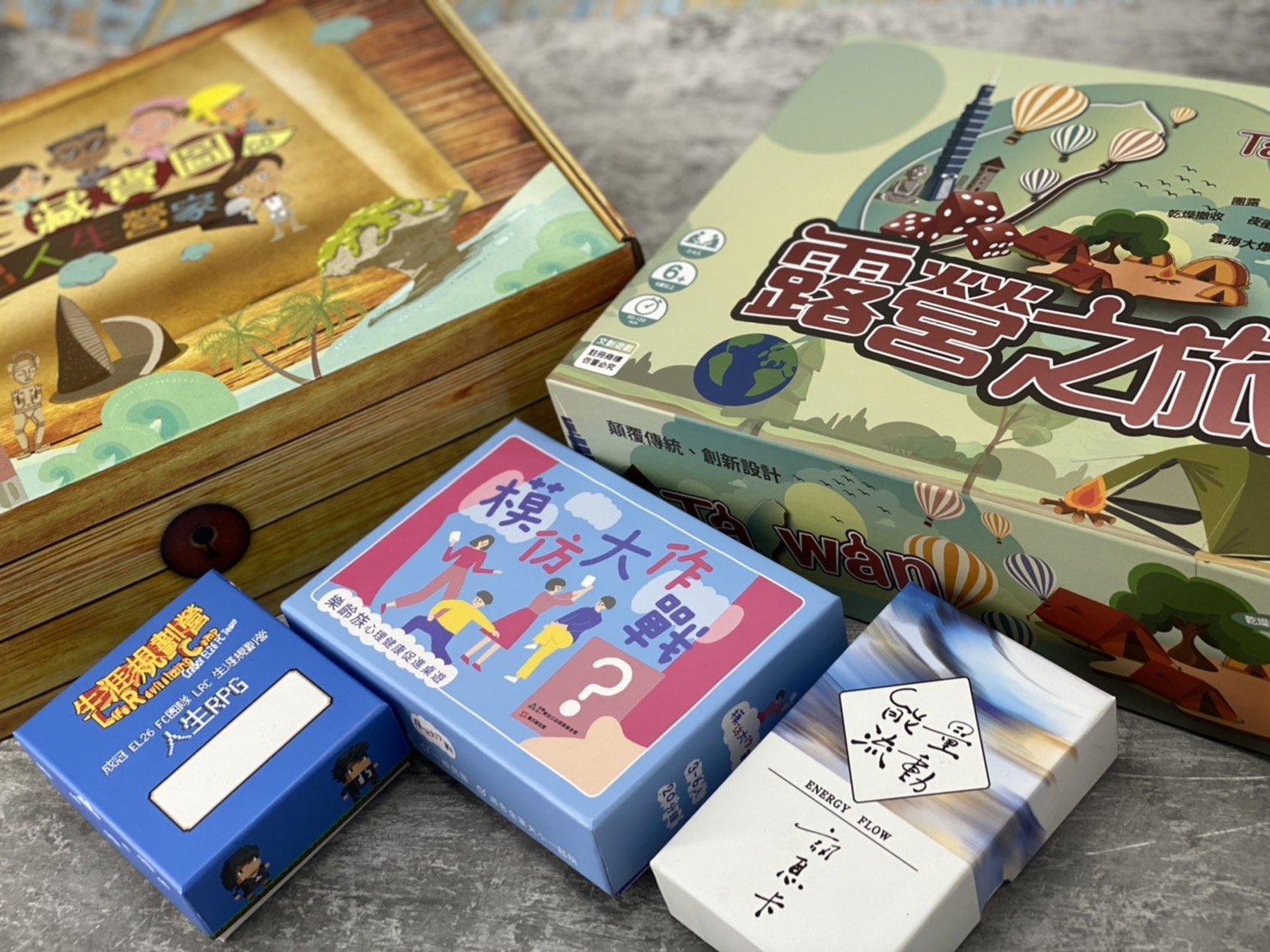 |
Board Game Design Process
Designing a board game is a multifaceted process that involves creativity, strategic thinking, and attention to detail. From the initial concept to the final product, each step requires careful planning and execution. This guide will walk you through every stage of the board game design process, ensuring that your game is both fun and marketable.
Concept Development
- Identifying the Target Audience

Understanding your target audience is crucial for designing a successful board game. Consider factors such as age group, interests, and gaming preferences. Knowing your audience helps tailor the game's complexity, theme, and mechanics to their tastes.
- Brainstorming Game Ideas
Start with a broad brainstorming session. Gather inspiration from various sources, including existing games, books, movies, and personal experiences. Think about what makes a game enjoyable and unique. Create a list of potential game concepts and narrow it down based on feasibility and originality.
- Choosing a Theme
The theme sets the tone and context for your game. It can be anything from a historical period to a fantasy world or a futuristic scenario. A well-chosen theme enhances the player’s immersion and enjoyment. Ensure that your theme is appealing and complements the game mechanics.
Game Mechanics
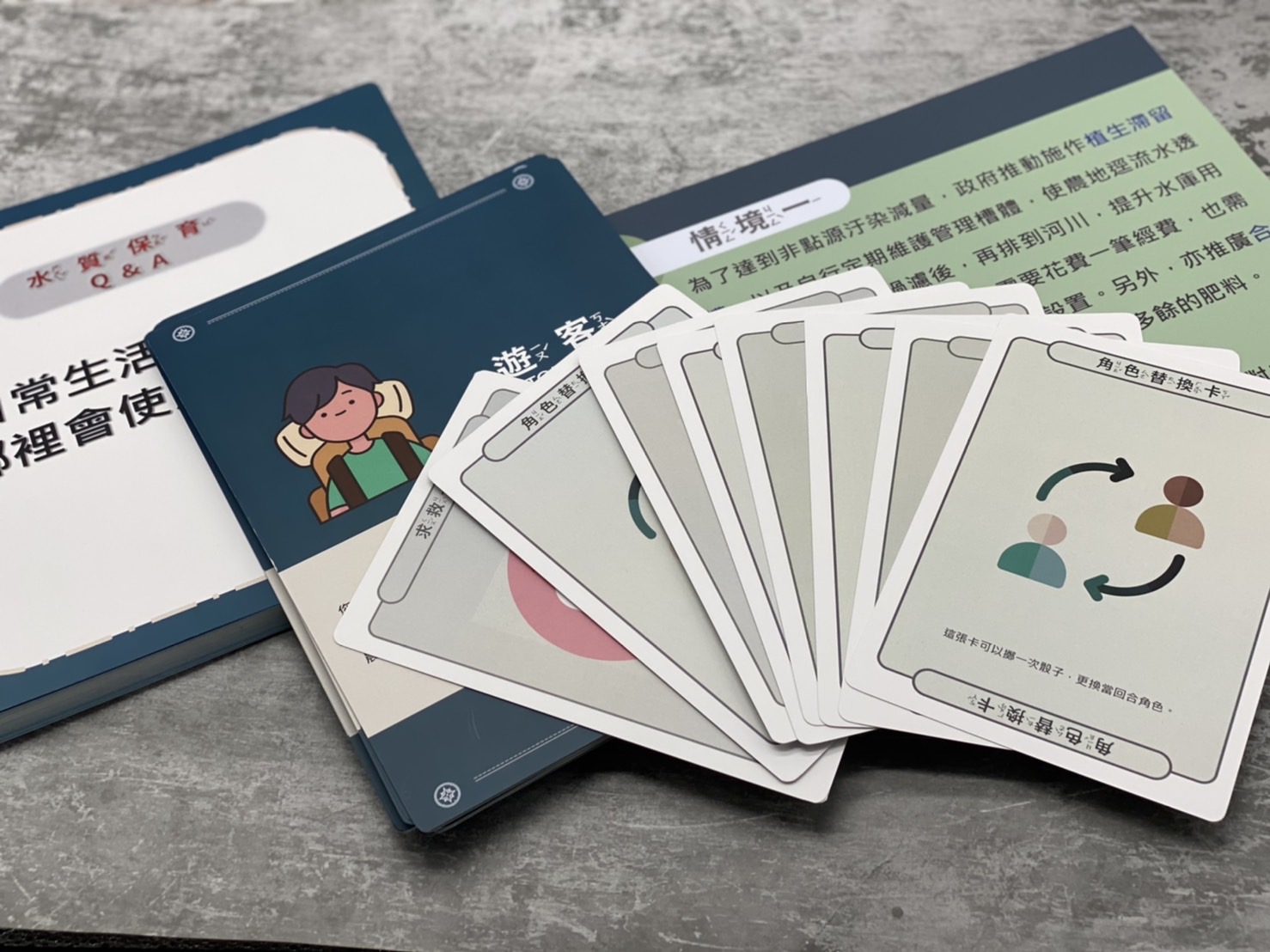
- Types of Game Mechanics
Game mechanics are the rules and procedures that guide the player's actions and interactions within the game. Common mechanics include turn-based play, resource management, area control, and card drafting. Choose mechanics that align with your game’s theme and enhance the overall experience.
- Balancing Game Mechanics
Balancing your game mechanics is essential to ensure fair play and maintain player interest. Avoid mechanics that give an unfair advantage to certain players or make the game too predictable. Playtesting is a key method for identifying and correcting imbalances.
- Integrating Mechanics with Theme
A seamless integration of mechanics and theme makes for a cohesive and engaging game. Ensure that the mechanics support the theme and vice versa. For example, if your theme is a treasure hunt, include mechanics that involve exploration and discovery.
Prototyping
 Creating a Prototype
Creating a Prototype
A prototype is a preliminary version of your game. It doesn’t need to be perfect; its purpose is to test and refine your game mechanics and design. Use simple materials like paper, cardboard, and markers to create your first prototype.
- Playtesting Your Prototype
Playtesting involves playing your prototype with others to identify strengths and weaknesses. Gather a diverse group of testers to get varied feedback. Observe how players interact with the game and note any confusion or frustration.
- Gathering Feedback
Feedback is invaluable for improving your game. Ask testers about their experience, what they enjoyed, and what could be improved. Use this feedback to make necessary adjustments to the game mechanics, components, and rules.
Game Components
- Designing the Board
The game board is often the centerpiece of a board game. Design it to be visually appealing and functional. Ensure that it clearly represents the game’s theme and mechanics. Include spaces, pathways, or grids as required by your game’s rules.
- Creating Game Pieces
Game pieces should be easy to handle and distinguishable from one another. Consider using different shapes, colors, and sizes. The design should reflect the game’s theme and be intuitive for players to use.
- Selecting Cards and Tokens
Cards and tokens are common components in many board games. Design them with clear and concise information. Use high-quality materials to ensure durability. Cards should have a uniform size and design, while tokens should be easily recognizable.
Rules and Instructions
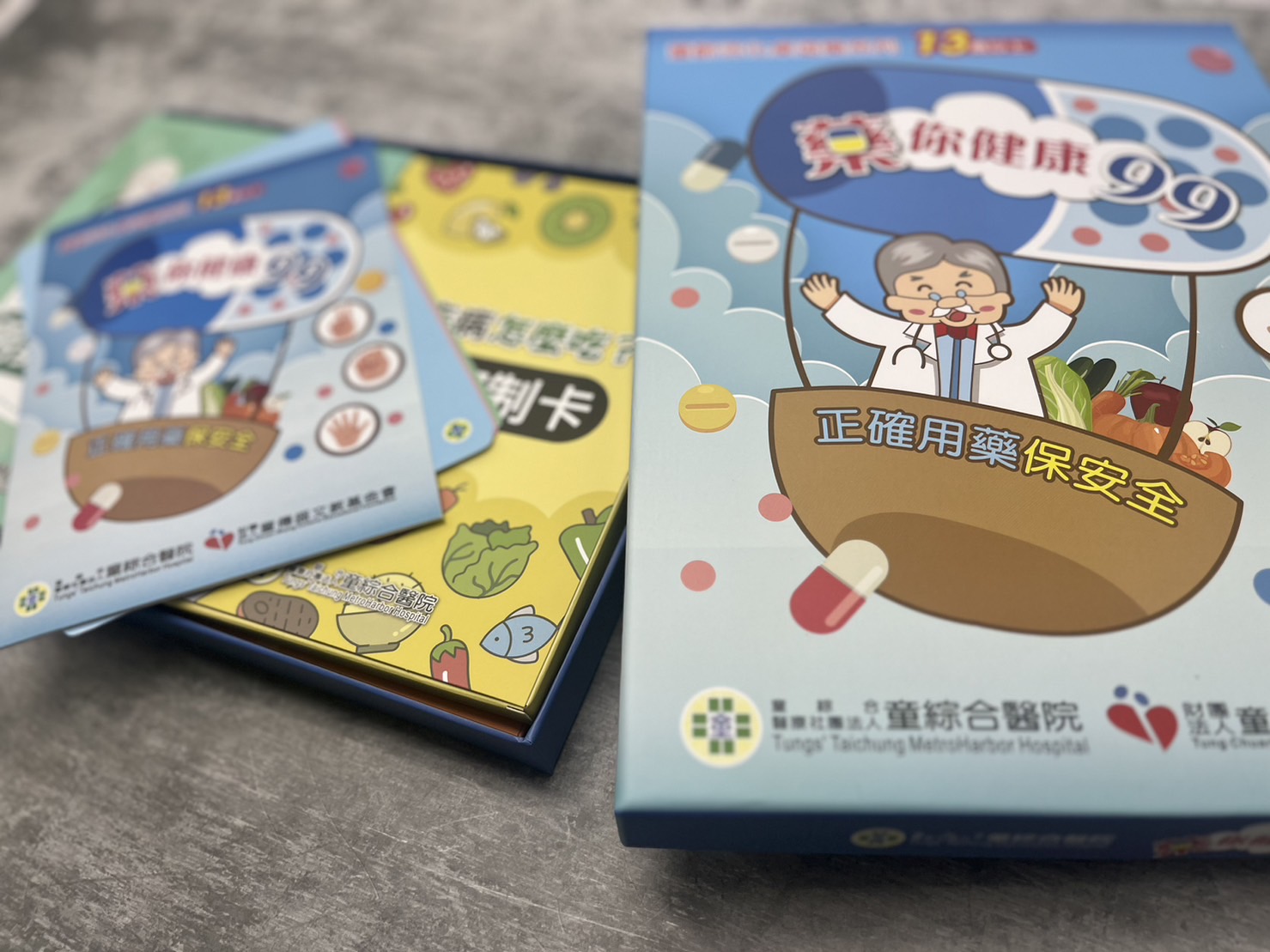 Writing Clear Instructions
Writing Clear Instructions
Clear and concise instructions are crucial for a smooth gaming experience. Write the rules in simple language and provide examples where necessary. Include illustrations or diagrams to clarify complex concepts.
- Formatting the Rulebook
A well-organized rulebook enhances the readability and usability of your game instructions. Divide it into sections, use bullet points for clarity, and include a table of contents. Ensure the font size and style are easy to read.
- Common Pitfalls to Avoid
Avoid overly complex rules that can frustrate players. Keep the rulebook concise and focused. Test your instructions with new players to ensure they can understand and follow the rules without confusion.
Graphic Design
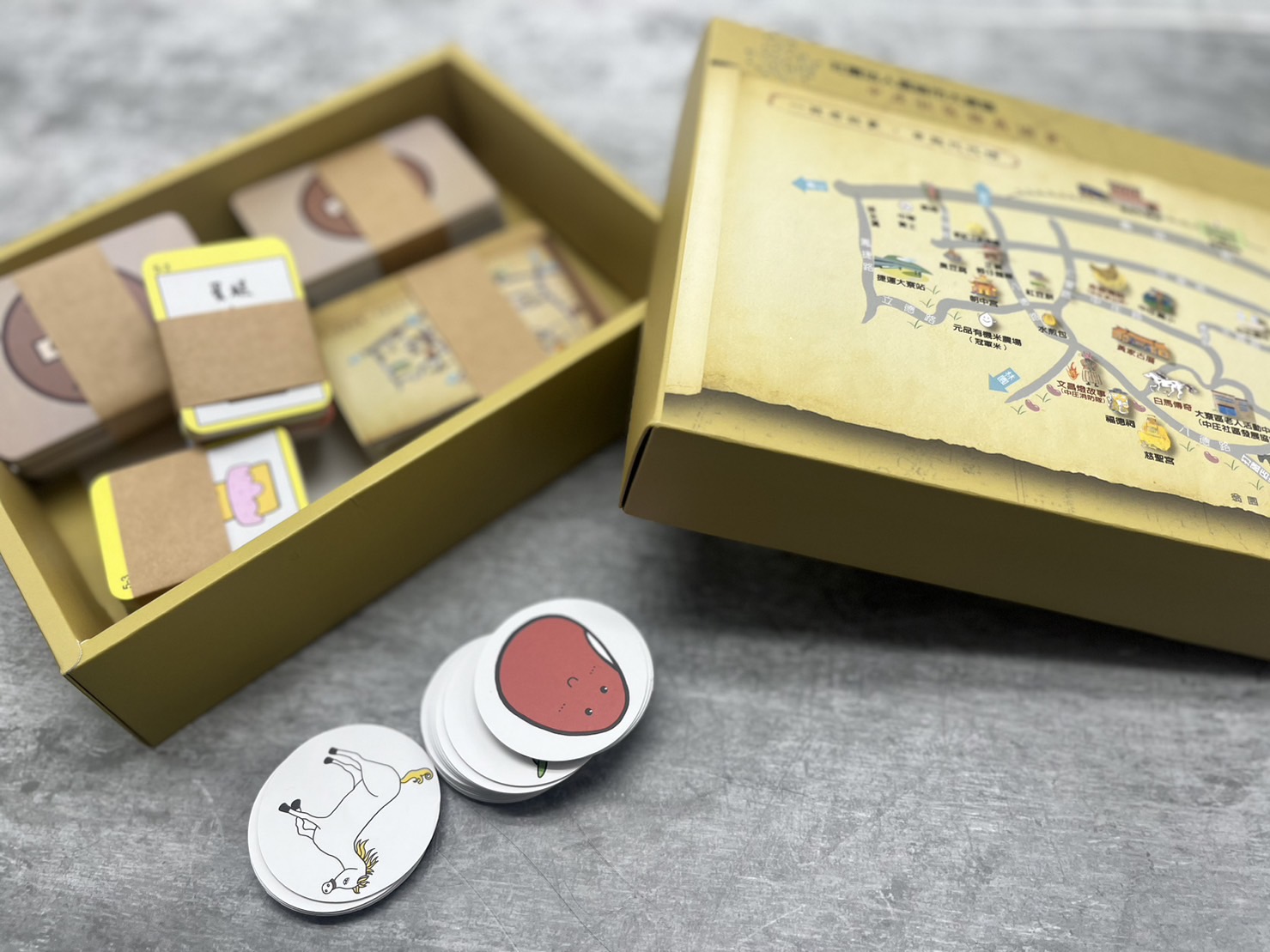 Importance of Visuals
Importance of Visuals
Visuals play a significant role in attracting players and enhancing the gaming experience. A well-designed game is more likely to engage and retain players. Invest in high-quality graphics that reflect the game’s theme and mechanics.
- Working with a Graphic Designer
If you’re not skilled in graphic design, consider hiring a professional. A graphic designer can help bring your vision to life with visually appealing and coherent designs. Collaborate closely to ensure the final design aligns with your concept.
- Choosing Colors and Fonts
Select colors and fonts that enhance readability and fit the game’s theme. Avoid overly bright or clashing colors. Fonts should be easy to read and consistent throughout the game components.
Finalizing the Game
- Final Design Adjustments
Make final adjustments to the game components, rules, and mechanics. Ensure that everything works together seamlessly. This is the last chance to polish the game before production.
- Ensuring Game Balance
A balanced game ensures that all players have a fair chance of winning and that the game remains engaging from start to finish. Use playtesting data to finalize balance adjustments.
- Preparing for Production
Prepare all necessary files and documents for production. This includes final versions of the game board, pieces, cards, and rulebook. Ensure everything is formatted correctly and ready for manufacturing.
Crowdfunding
- Planning a Crowdfunding Campaign
Crowdfunding can be an effective way to finance your game’s production. Plan your campaign carefully, setting realistic funding goals and offering attractive rewards. Use platforms like Kickstarter or Indiegogo to launch your campaign.
- Creating Compelling Campaign Content
Your crowdfunding campaign needs engaging content to attract backers. Create a compelling video, write a detailed description, and include high-quality images of your game. Highlight the unique features and benefits of your game.
- Managing Backers and Fulfillment
Communicate regularly with your backers to keep them informed about the campaign’s progress. Plan for fulfillment logistics, including manufacturing, packaging, and shipping. Ensure that backers receive their rewards on time.
Future Trends in Board Gaming
- Emerging Trends
Stay informed about emerging trends in board gaming. Trends like legacy games, app integration, and solo play are gaining popularity. Adapting to these trends can keep your game relevant and appealing.
- Technological Innovations
Technological innovations, such as augmented reality and digital apps, are transforming board games. Explore how these technologies can enhance your game and create unique experiences for players.
- The Future of Board Game Design
The future of board game design is bright and full of possibilities. As the industry evolves, new themes, mechanics, and technologies will emerge. Stay adaptable and innovative to keep creating exciting games.
Hans International printing CO., Ltd. : A Premier Printing Company in TaiwanHans printing stands as a premier printing company in Taiwan, recognized for its high-quality printing services and commitment to customer satisfaction. Established with a vision to revolutionize the printing industry, Hans printing offers a comprehensive range of printing solutions that cater to both local and international clients. Key Services Offered1. Offset Printing- Ideal for large-volume orders. - High-quality prints with precise color matching. - Suitable for brochures, catalogs, magazines, and books. 2. Digital Printing- Quick turnaround times. - Perfect for small to medium print runs. - Ideal for business cards, flyers, posters, and custom print projects. 3. Packaging Printing- Specializes in custom packaging solutions. - High-quality printing for boxes, labels, and packaging materials. - Emphasizes eco-friendly and sustainable packaging options. 4. Specialty Printing- Includes UV printing, foil stamping, and embossing. - Adds unique finishes and textures to printed materials. - Perfect for high-end marketing materials and special event invitations. |
Why Choose Hans printing?1. State-of-the-Art Technology- Utilizes the latest printing technologies to ensure top-notch quality. - Continuous investment in advanced machinery and software. 2. Experienced Team- A dedicated team of professionals with extensive experience in the printing industry. - Commitment to delivering exceptional customer service and support. 3. Sustainability Commitment- Focuses on eco-friendly printing practices. - Offers a range of sustainable materials and inks. 4. Global Reach- Serves clients from around the world. - Efficient logistics and shipping solutions to ensure timely delivery. 5. Customization and Flexibility- Tailored printing solutions to meet the specific needs of each client. - Flexibility in order sizes, printing techniques, and delivery schedules. REQUEST A FREE QUOTE |
|
From planning and filing to the completion of printed matter, printing must go through many procedures, combined with the professional skills of countless people, such as graphic designers, commercial photographers, copywriters, typewriters, artists, color separation technicians, printing technicians, Public workers, printing technicians, bookbinding, varnishing and various processing technicians, etc., without any one, can not successfully complete the printed matter, so they are all important contributors.
Hans International Printing Co., Ltd.
Adress: 4th Floor, No. 6, Lane 63, Huacheng Road, Xinzhuang District, New Taipei City 242, Taiwan (ROC)
Tel: +886 2 29982117 Fax: +886 2 29986588 Mail:mailto:han666@hanfom.com
Hans Printing Specialist Mr.Huang Mobile :+ 866 910243496
Hans Printing Specialist Ms.You Tel:+886 2 29982117 #399
We assist many enterprises and organizations in the integrated planning and production of printed materials, focusing on providing comprehensive printing integration services, helping you think more, do more, and win more under limited time and money.
|

